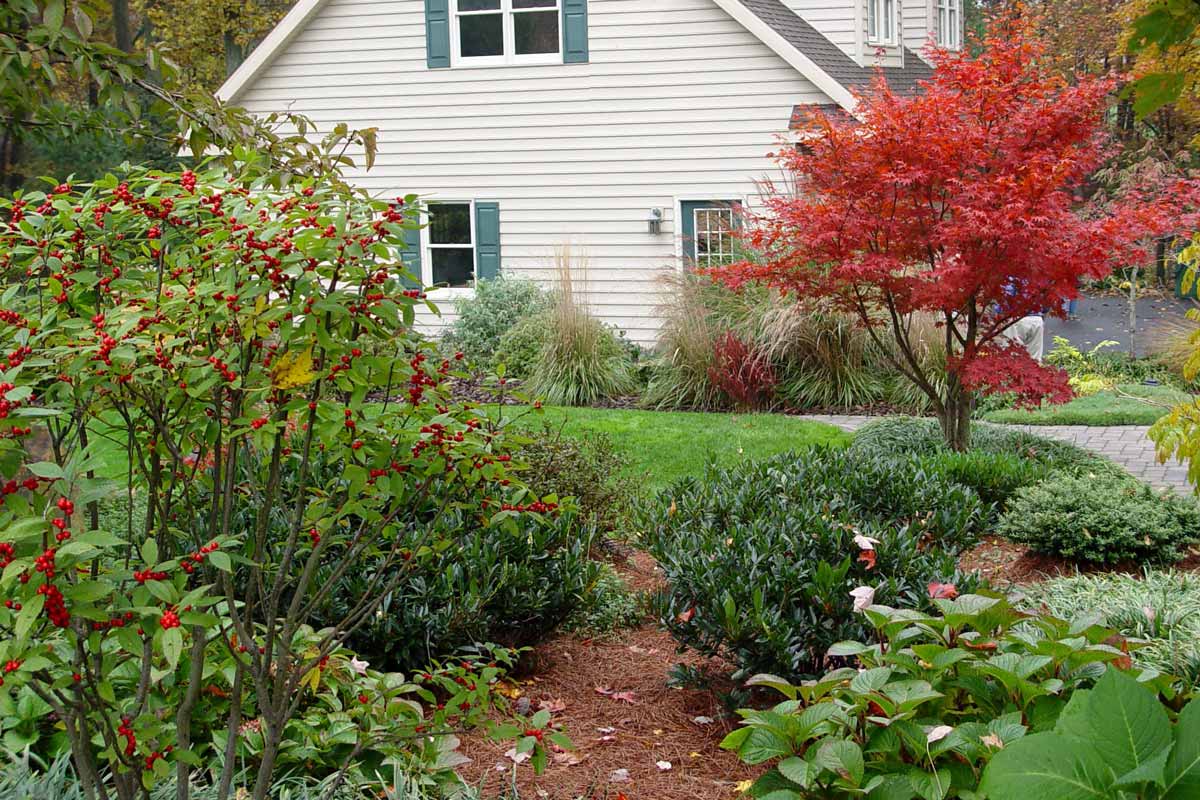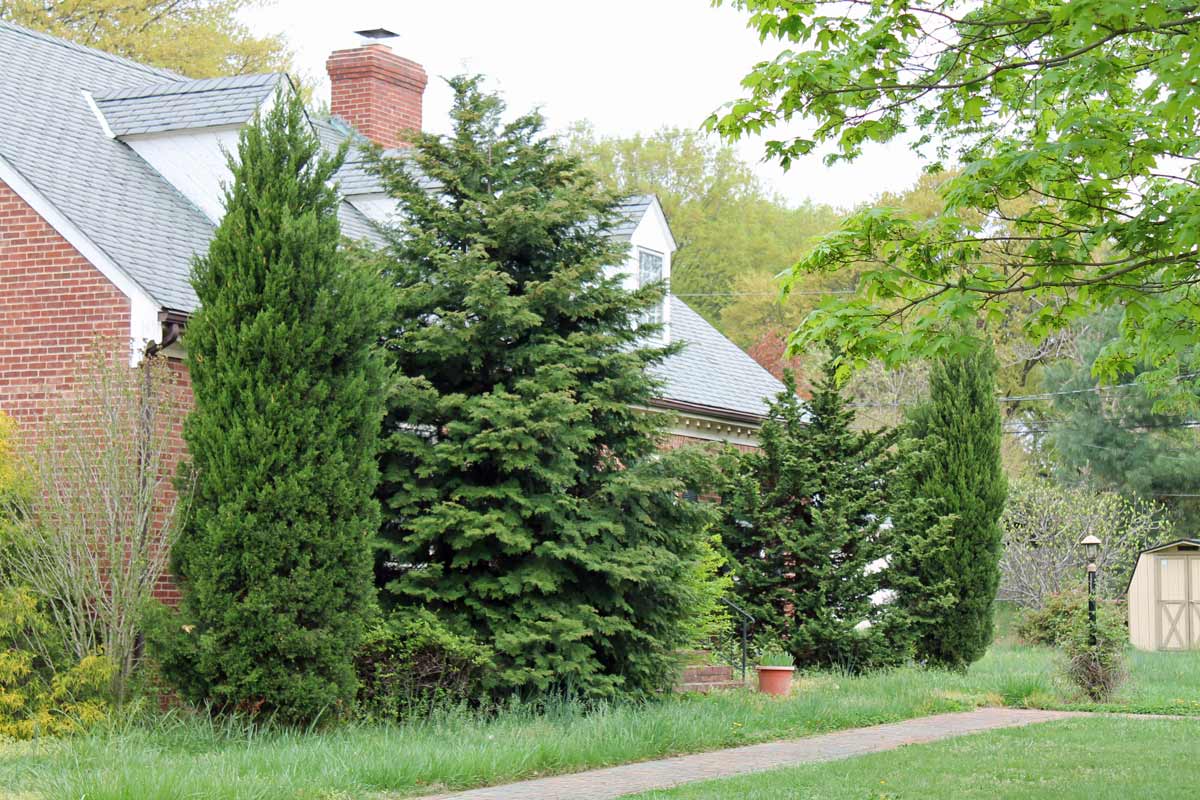Why Fall Really is a Good Time to Plant
The cooler temps and damper conditions mean fall is a great time to plant. Here are tips for plant shopping this time of year.
One of the best ways to continually improve a landscape is to take stock of how things are going each year and then make changes and additions based on what you like – and don’t like.
The end of the growing season is an ideal time for an annual walk around the yard to ponder how the landscape performed. Think of it as a gardening version of a general inspecting the troops or an editor considering changes to a manuscript. While you’re out there, jot down notes of the season’s wins, losses, favorites, and faults while everything is still fresh in your mind.
Every little bit of experience gleaned is useful in tweaking the landscape for better and better results each year. Add up all you’ve observed to compile an “action list” so you’ll have a clear plan once next year’s growing season begins.

Fall is a good time of year to do an annual yard inspection to sort out what you like and what needs to change. George Weigel
Some things to look for on inspection:
Start by looking for plants that have died, that are struggling from bug, disease, or animal issues, or that are just doing poorly because of lousy soil or unsuitable siting.
Dead plants will need to be replaced, unless you decide the opening creates good timing to go in a different direction. Otherwise, if you can figure out what caused the dead plant’s demise, that’s important information to help when choosing a replacement.
Pest-plagued or struggling plants often make a comeback when they’re moved to a different location.
A shade-preferring plant that’s stressed from a too-sunny site, for example, may better fend off mite attacks or leaf scorching when relocated to a spot out of the hot afternoon sun.
A plant that’s a regular target of deer or rabbits might fare better behind that fenced part of your yard.
And a plant that’s stunted from compacted soil or wet conditions might do an immediate about-face if transplanted into compost-improved soil or higher ground.
Most plants transplant better than gardeners think, especially when they’re moved when young and during the less-stressful early-spring and early-fall time frames.

A key inspection point is determining what needs to be done with plants that are outgrowing their assigned space. George Weigel
Fall is an especially good time to assess the common problem of excess growth because that’s when plants are showing the results of a full season’s growth.
Some overgrown evergreens, trees, and shrubs can be kept at a suitable size with an annual cutback, although end of winter or next spring is usually the best time to do it. (Add what-to-prune-when notes to your action list.)
In other cases, a woody plant might better be moved to a roomier site, saving you trimming work in the long run. The sooner you realize a plant is short on growing space, the better it is to relocate it.
In the case of perennial flowers or groundcovers spreading beyond where you want, plants usually can be dug and divided to keep the colony in check. The divisions can be moved to supply free plants for other beds, or they can be given away.
Besides plants that are struggling or crowding their neighbors, some are candidates for cosmetic changes.
Maybe a new plant turned out to bloom in a different color than you expected, causing it to clash with the rest of the plants in the bed. Maybe you have a bed out back with multiple flowers all blooming at the same time while a bed out front has nothing in bloom at that time. Or maybe you realize that the size, texture, and color of a plant you randomly planted would be a perfect companion for a plant in another bed.
All of these set the stage for a game of “musical plants” – a chain reaction of moves that lead to better combinations. Most gardeners find it easier to pair plants after they see what each plant does in real time as opposed to envisioning plant combinations in advance.
Sometimes a garden assessment points to more dysfunction than a fine-tuning can fix. End of the season is a good time to take a long look and decide what it is that you don’t like about a particular garden.
Maybe your tastes have changed, and a new theme or direction is warranted. Maybe a garden that was manageable a few years ago now demands more time, energy, and attention than you can give it. Or maybe you’ve run across a new style or idea that you want to incorporate.
Do some rethinking while you can still see the space and the surroundings, then use winter to develop specific plans and plants for a spring re-do.